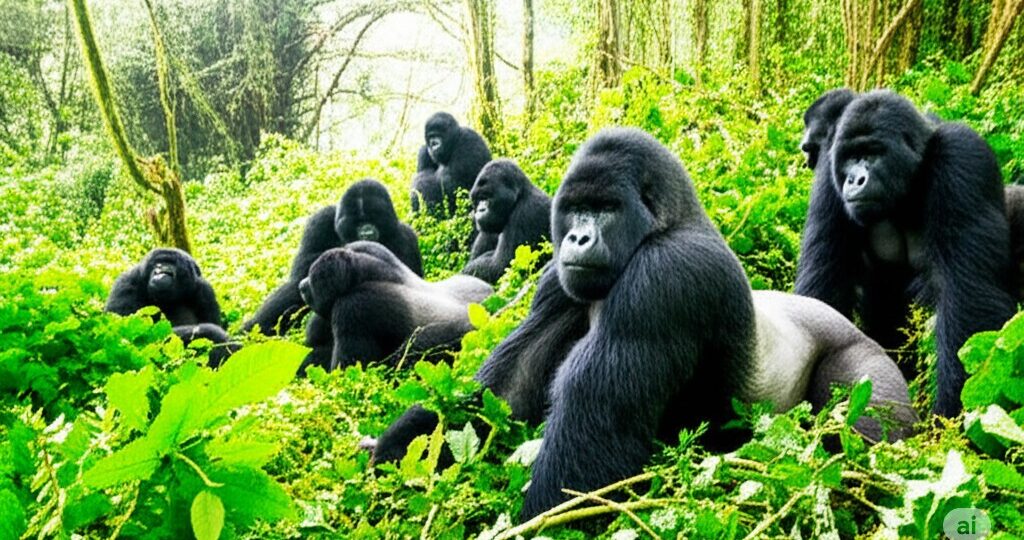Africa calls to the adventurous spirit, conjuring images of vast savannahs teeming with lions, elephants, and zebras. While the classic Big Five safari undeniably offers an unparalleled thrill, what if your safari dreams extend beyond the well-trodden path? What if you seek a more intimate, specialized, or even surreal encounter with the continent’s incredible biodiversity?
This article unveils a realm of unique wildlife safaris that promise unforgettable experiences, taking you deep into the heart of Africa’s wild frontiers. We’ll explore destinations renowned for their distinctive offerings, providing details on what to expect, when to visit, and practical tips for planning your extraordinary journey.
1. The Soul-Stirring Encounter: Gorilla Trekking in Uganda & Rwanda
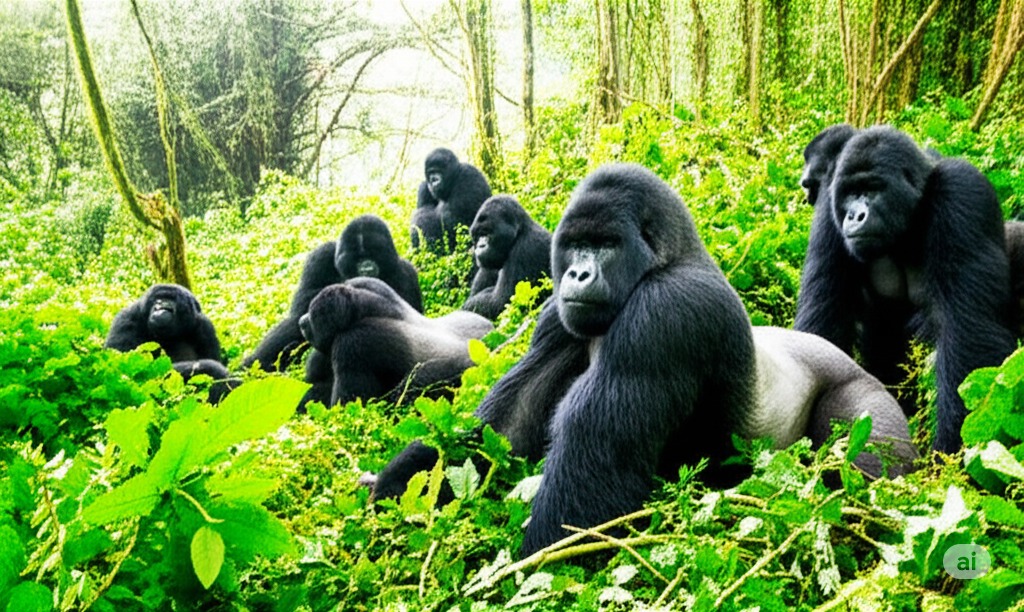
(Imagine a stunning photo of a silverback gorilla looking directly at the camera, surrounded by lush green foliage.)
Perhaps one of the most profound and humbling wildlife encounters on Earth is gorilla trekking. Nestled within the dense, misty forests of Uganda’s Bwindi Impenetrable National Park or Rwanda’s Volcanoes National Park, live the critically endangered mountain gorillas. This isn’t just about spotting an animal; it’s about spending a precious hour in the presence of these magnificent, gentle giants, observing their family dynamics, feeding habits, and playful interactions.
- What Makes it Unique: The sheer intimacy and emotional impact of being so close to a wild, habituated gorilla family. It’s a privilege, not just a viewing.
- Best Time to Visit: The drier seasons of January-February and June-September offer more comfortable trekking conditions, though gorilla trekking is a year-round activity.
- What to Expect: Prepare for a challenging hike through dense, often muddy, terrain at high altitudes, guided by experienced rangers and trackers. Once you locate a family, a magical hour is spent quietly observing them. Photography is permitted, but flashes are strictly forbidden. The cost of permits is significant (currently $700 in Uganda, $1500 in Rwanda), but contributes directly to conservation efforts.
- Practical Planning: Permits must be booked well in advance (6-12 months) due to limited availability. Ensure you have sturdy hiking boots, rain gear, and porters to assist with your bag and the trek.
2. The Water Wilderness: Botswana’s Okavango Delta
(Picture a serene aerial shot of the Okavango Delta, showcasing winding waterways, islands, and scattered wildlife.)
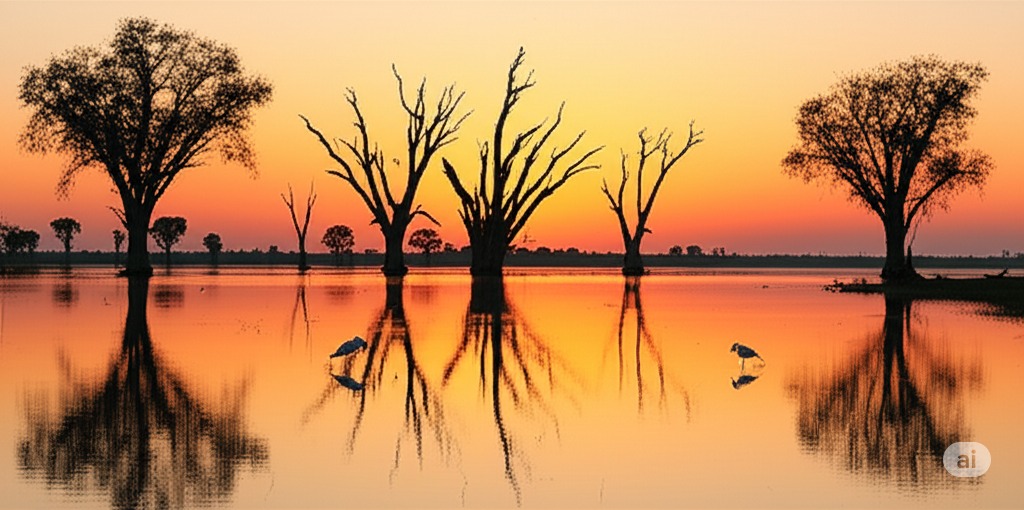
Step into a world where water dictates life in the heart of a desert. The Okavango Delta, a UNESCO World Heritage Site, is an inland delta where the Okavango River disappears into the Kalahari Desert, creating a labyrinth of waterways, islands, and lagoons. This pristine ecosystem offers a distinctly different safari experience, with a focus on water-based activities.
- What Makes it Unique: Exploring the delta in a traditional mokoro (dugout canoe) silently poled by your guide, allowing for up-close encounters with aquatic wildlife, magnificent birdlife, and animals coming to the water’s edge. It’s a safari of tranquility and subtle wonders.
- Best Time to Visit: The flood season (May to October) is ideal, when the delta is at its fullest, attracting a high concentration of wildlife to the islands.
- What to Expect: Days filled with mokoro excursions, boat safaris for larger animals, and game drives on the larger islands. Expect diverse birdwatching, sightings of hippos, crocodiles, elephants, and possibly the elusive Sitatunga antelope. Camps are typically luxurious and eco-friendly, often reached by small aircraft, offering an exclusive and immersive experience.
- Practical Planning: Botswana safaris tend to be on the higher end of the budget spectrum due to the focus on low-impact, high-quality tourism. Fly-in safaris are common due to the remote nature of the camps.
3. Walking with Giants: Walking Safaris in Zambia’s South Luangwa National Park
(Visualize a dynamic video clip of a small group of people on foot, cautiously observing an elephant herd in the distance, with an armed guide leading.)
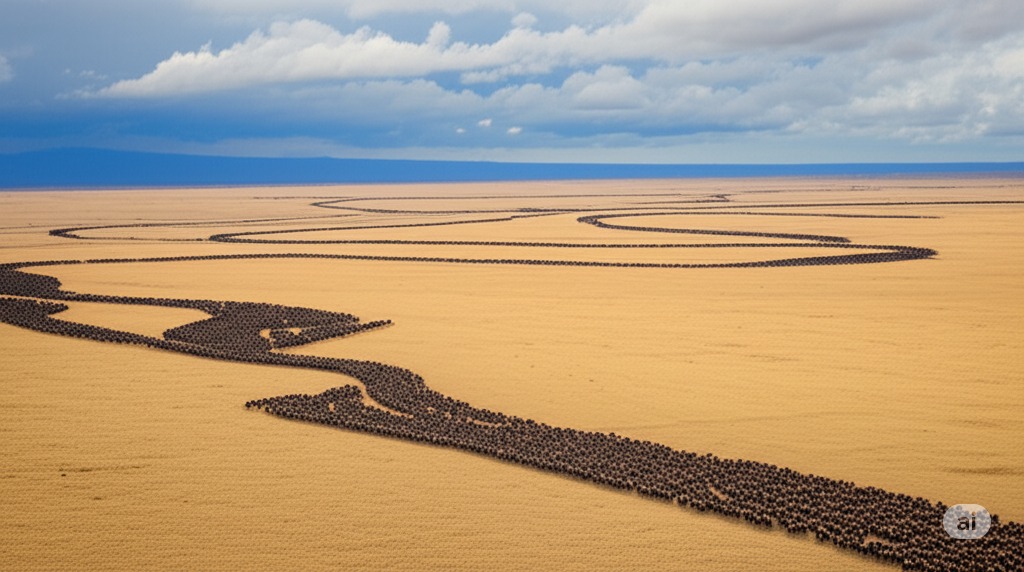
While game drives are fantastic for covering ground, there’s nothing quite like exploring the bush on foot. Zambia, particularly South Luangwa National Park, pioneered the walking safari, offering an immersive and sensory experience that reconnects you with the wild in a profound way.
- What Makes it Unique: Engaging all your senses as you track animals, learn about the smaller wonders of the bush (insects, spoor, plants), and feel the primal thrill of being part of the ecosystem, rather than just an observer from a vehicle.
- Best Time to Visit: The dry season (May to October) is perfect, as the vegetation is sparse, and animals congregate around water sources, making them easier to spot.
- What to Expect: Led by an armed, experienced walking guide and a scout, you’ll embark on multi-hour walks, tracking wildlife and learning about the intricate details of the African bush. Encounters with larger animals are carefully managed for safety. Many walking safaris involve moving between remote bush camps, enhancing the wilderness experience.
- Practical Planning: Good physical fitness is required. Wear sturdy walking shoes and neutral-coloured clothing. These safaris offer a unique perspective on tracking and animal behaviour, emphasizing the smaller details often missed from a vehicle.
4. Desert-Adapted Wonders: Namibia’s Skeleton Coast & Damaraland
(Envision an ethereal photo of desert-adapted elephants silhouetted against a vast, stark orange-red dune landscape at sunset.)
For those seeking a safari experience truly unlike any other, Namibia’s vast, ancient landscapes offer a mesmerising journey. The harsh beauty of the Skeleton Coast and Damaraland is home to extraordinary wildlife that has adapted to survive in one of the world’s most arid environments.
- What Makes it Unique: Witnessing incredible resilience. This is where you might encounter desert-adapted elephants with longer legs and smaller feet, black rhinos thriving in seemingly barren terrain, and even lions that have learned to hunt seals along the coast. The dramatic, ever-changing scenery of towering dunes, ancient rock formations, and shipwrecks adds to the surreal appeal.
- Best Time to Visit: Namibia can be visited year-round, but May to October offers cooler temperatures and less chance of rain.
- What to Expect: Long drives across vast, empty landscapes. Tracking desert-adapted wildlife often involves patience and the keen eyes of your guide. You might visit Himba villages, explore ancient rock art, and marvel at the stark beauty of the coastline where the desert meets the Atlantic. Accommodations range from unique desert lodges built into the landscape to exclusive, fly-in camps.
- Practical Planning: Self-driving is popular in Namibia, but for accessing remote areas with desert-adapted wildlife, joining a guided tour is highly recommended due to the challenging terrain and the need for expert tracking skills.
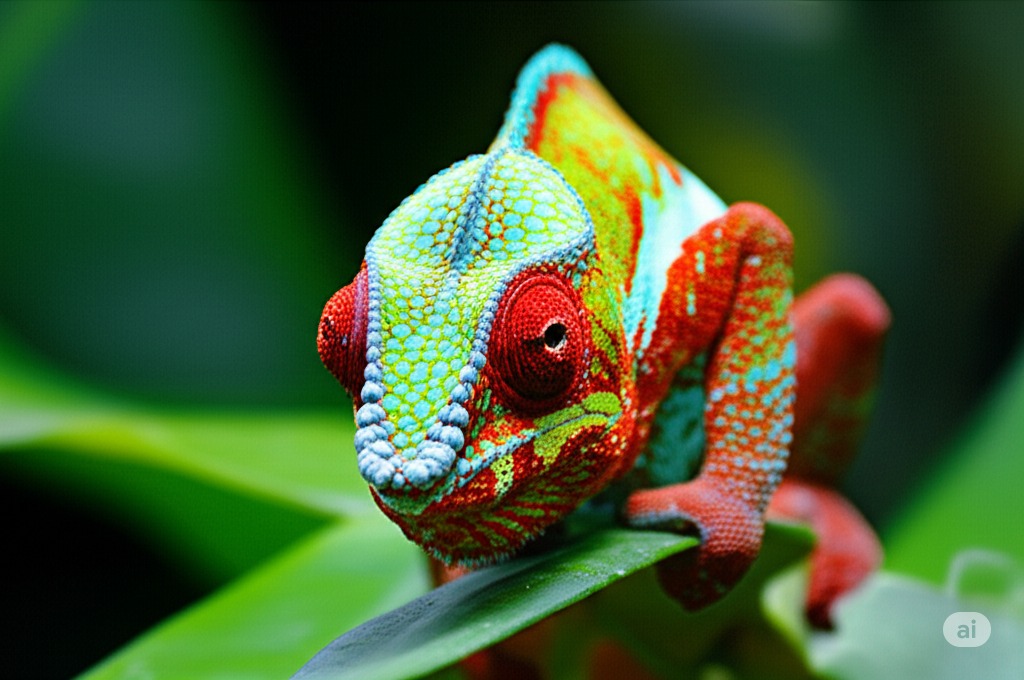
5. The Great Migration’s River Crossings: Tanzania & Kenya
(A breathtaking video capturing the frantic energy of wildebeest leaping into the Mara River, with crocodiles lurking and dust rising.)
While the Great Migration is a well-known spectacle, focusing on the dramatic river crossings offers a specific, high-octane African safari destination experience. This isn’t just about seeing wildebeest; it’s about witnessing one of nature’s most epic and perilous journeys. Each year, millions of wildebeest, zebras, and gazelles traverse the Serengeti and Masai Mara ecosystems in search of greener pastures, culminating in the harrowing Mara River crossings.
- What Makes it Unique: The sheer scale and raw drama of survival. Thousands of animals plunge into crocodile-infested waters, braving predators and strong currents, creating an unforgettable display of life and death.
- Best Time to Visit: The river crossings typically occur from July to October, with specific timing varying year to year based on rainfall patterns.
- What to Expect: Days spent positioning yourself by the river, waiting for the animals to decide to cross. This requires patience, but the payoff is immense. Expect crowds of other vehicles, especially in peak season. When a crossing begins, it’s a cacophony of sound, dust, and frantic movement. It’s an emotional rollercoaster, a true testament to nature’s power.
- Practical Planning: Book well in advance, especially for camps near the river crossing points. Consider staying in mobile camps that move with the migration to maximize your chances of witnessing the action.
Practical Planning for Your Unique Wildlife Safari
Embarking on unique wildlife safaris requires careful planning. Here’s some essential advice:
- Choosing the Right Operator: For specialized trips like gorilla trekking or remote walking safaris, choose an operator with extensive experience in that specific region and type of safari. Look for reputable companies with strong conservation ethics and experienced guides.
- Budgeting: Unique safaris often come with a higher price tag due to limited permits (gorilla trekking), exclusive accommodations (Okavango Delta), or logistical complexities (fly-in safaris, remote walking tours). Factor in international flights, internal transfers, park fees, activity costs, and tips.
- Health & Safety: Consult your doctor about required vaccinations (e.g., Yellow Fever) and malaria prophylaxis. Travel insurance, including medical evacuation, is crucial. Always follow your guide’s instructions.
- Packing Essentials: Layers are key for varying temperatures. Pack neutral-coloured clothing (khakis, greens, browns), sturdy walking boots, a wide-brimmed hat, sunglasses, high-SPF sunscreen, insect repellent, and a good quality camera with zoom capabilities.
- Responsible Tourism: Opt for tour operators committed to conservation and community upliftment. Respect wildlife and local cultures. Do not litter, keep noise levels down, and maintain a respectful distance from animals.
Africa’s wilderness offers an unparalleled spectrum of experiences for the discerning traveler. From the profound intimacy of gorilla trekking to the silent majesty of a mokoro glide in the Okavango, these unique wildlife safaris invite you to delve deeper, connect more intimately, and discover the extraordinary layers of this incredible continent. Start planning your own extraordinary journey to these incredible African safari destinations and witness nature’s marvels firsthand.

